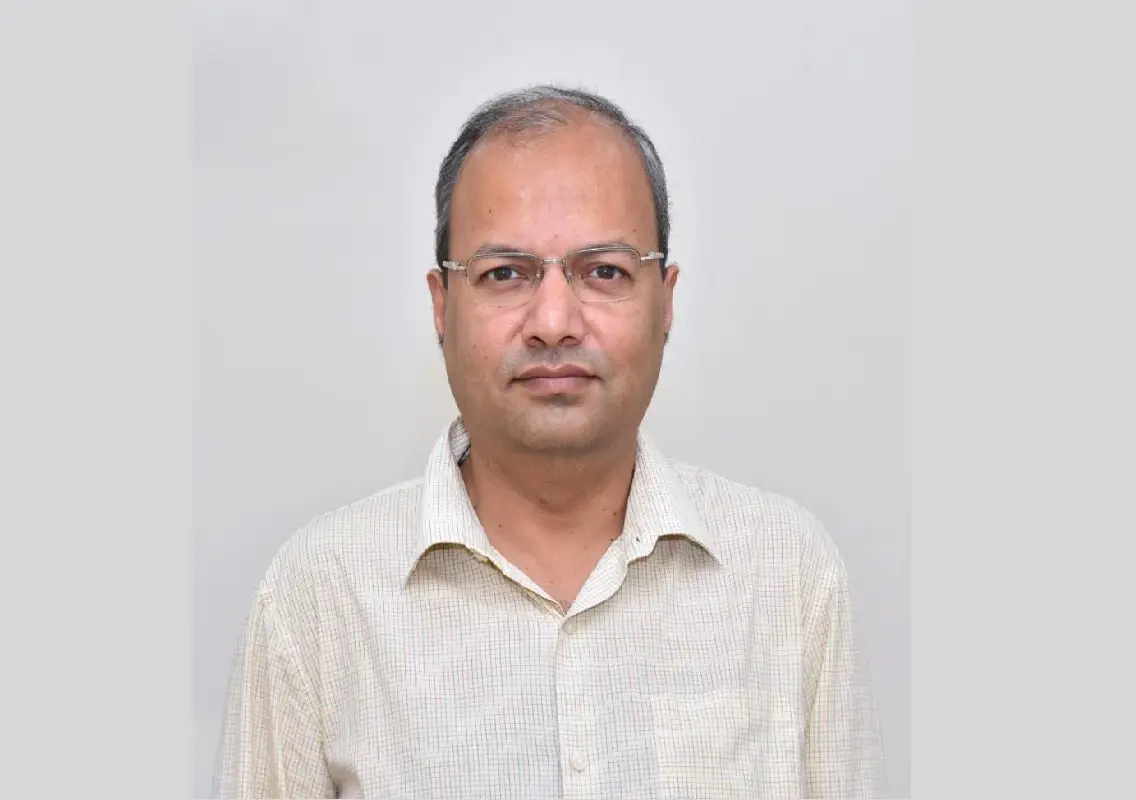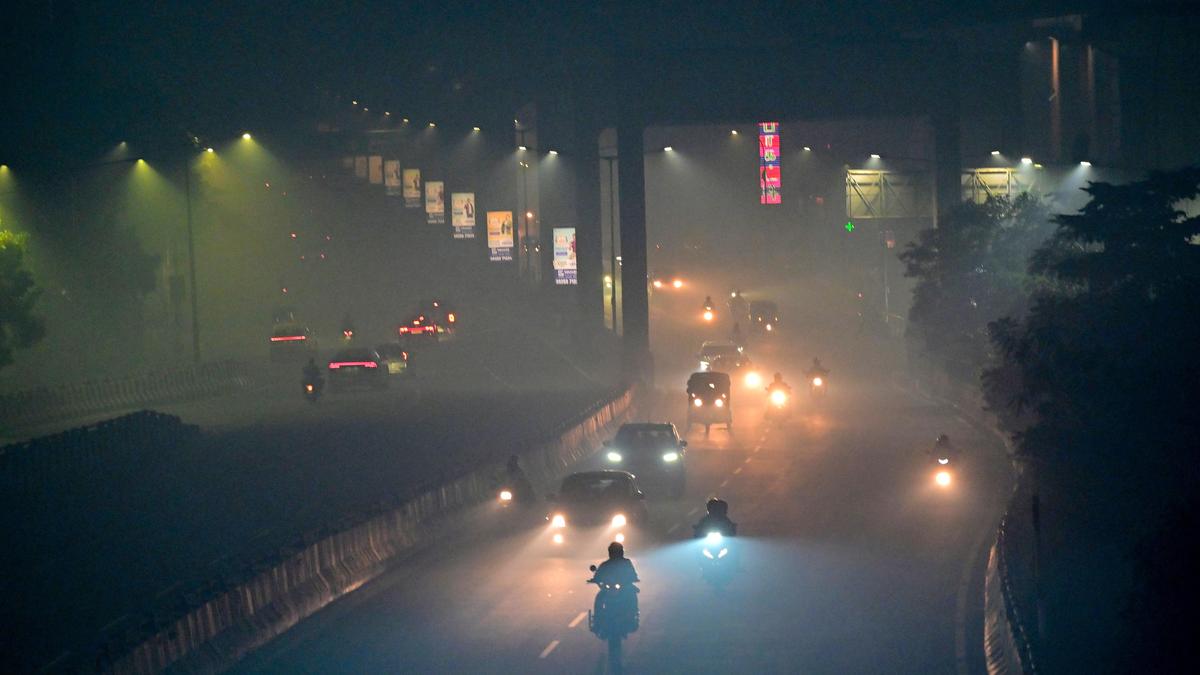Copyright newskarnataka

New Delhi: After the much-publicised ₹1.2 crore cloud seeding trial over Delhi failed to produce rain on Tuesday, IIT Kanpur Director Professor Manindra Agrawal said the experiment had nevertheless provided valuable scientific data. Speaking to reporters on Wednesday, Agrawal explained that while the team “did not get the desired results,” the exercise yielded crucial insights for improving future operations. Limited moisture hampered rain formation The two-hour experiment involved two aircraft flying from IIT Kanpur and Meerut airfields under the supervision of an expert team. These planes dispersed a specialised mixture through flares weighing around 0.5 kg each, with eight flares released per sortie. The operation covered areas including Khekra, Burari, North Karol Bagh, Mayur Vihar, Sadakpur, and Bhojpur. Professor Agrawal said the failure to induce rainfall was due to extremely low atmospheric moisture. “The cloud moisture was around 15%. The chances of inducing rain were very small, so we did not achieve success in that regard,” he said. However, despite the absence of rainfall, data collected from 15 monitoring stations across Delhi showed a measurable reduction in air pollutants. “There was a 6–10% reduction in PM2.5 and PM10 levels,” Agrawal confirmed. “This shows that even with very small or low levels of moisture in the cloud, when we do the seeding, it does result in some impact — not the impact one would ideally like to see, but still some impact,” he added, calling the findings extremely valuable for designing future trials. Understanding the science of seeding Cloud seeding involves spraying fine particles—often silver iodide or sodium chloride—into the atmosphere to encourage water droplets to form around them, enhancing precipitation. The process, however, is highly dependent on moisture levels and wind conditions. According to Agrawal, while the Delhi trial failed to induce visible rainfall, it demonstrated that even marginal moisture levels could slightly improve air quality by promoting micro-droplet formation. “This is a positive takeaway,” he said. “Every experiment adds to our knowledge base.” Cost and criticism addressed The ₹1.2 crore trial attracted criticism from some quarters, including political commentary from the Aam Aadmi Party, which took a jibe referring to “Lord Indra” for failing to bless the city with rain. Responding to the debate over expenditure, Professor Agrawal clarified that the project cost was modest when compared to Delhi’s annual pollution control spending. “The cost of seeding about 300 sq km is around ₹60 lakh — roughly ₹20,000 per sq km,” he said. “If the process is carried out for the entire winter month, it would cost ₹25–30 crore. The amount of money spent on pollution control in Delhi is much higher than that.” He also emphasised that the essence of scientific research lies in experimentation. “The term ‘experiment’ means it can be successful or unsuccessful. If we fear failure and don’t undertake an experiment, we will not make progress,” Agrawal noted. Future plans and postponed operation The next cloud seeding activity, initially planned for October 29, has been put on hold due to insufficient cloud moisture. “The process is highly dependent on suitable atmospheric conditions. Without adequate humidity, it would not yield any meaningful outcome,” Agrawal said. Delhi’s Environment Minister Manjinder Singh Sirsa also defended the initiative, calling it a “science-first step” toward tackling the city’s chronic pollution crisis. “With this move, the national capital has taken an unprecedented step by adopting cloud seeding as a pollution control tool,” Sirsa said. Delhi’s air quality remains ‘poor’ On Wednesday, Delhi’s overall air quality index (AQI) stood at 269, according to the Central Pollution Control Board (CPCB), showing slight improvement from Tuesday’s reading of 294. However, several parts of the city remained in the “very poor” category. The RK Puram monitoring station recorded an AQI of 308, while Anand Vihar reported 307—both categorised as “very poor.” Out of Delhi’s 38 stations, 11 continued to register AQI levels above 300. Environmental experts said the minor drop in pollution levels could be attributed to the brief dispersal effect of the cloud seeding chemicals and favourable wind movement on Tuesday evening. While the cloud seeding trial failed to bring artificial rain, IIT Kanpur’s findings offer valuable lessons for India’s future climate modification efforts. Scientists say such experiments are essential in developing effective strategies to combat worsening air pollution. As Professor Agrawal put it, “Every failed attempt brings us closer to understanding how to make it work.”



